
Collect business process information from operations, with all required data.
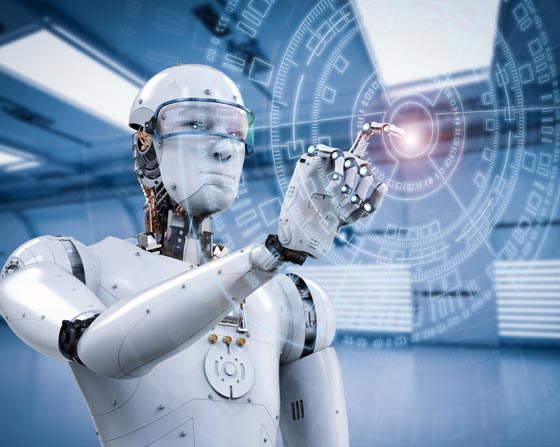
Robots that mimic human activities through machine vision, speech recognition, and pattern detection capabilities and can address structured, semi-structured, and unstructured data. Machine learning lets robots learn how to process and also improve processes that lead to probabilistic behavior.

Excelacom provides end-to-end process automation, which involves different stages of human intervention. With improved artificial intelligence techniques, robots learn from errors and fine-tune the process to enhance efficiency. Incorporated with a significant number of built-in components, we provide solutions for an effortless process. Reports are published at certain intervals of time enabling customers to track and monitor processes performed by robots.
Automation Robots
Robot or virtual agent for each system to trigger or enable task based on request
Process Orchestration
An engine which creates, integrates, initiates, manages, tracks, monitors and reports all defined business processes
Graphical Workbench
Creates a process plan based on the business workflow using Workbench graphically
Automation process Engine
Process engine with the help of Orchestration builds a process plan automatically using components and adapters
Built-in Components and Adapters
Create built-in components and adapters which integrate with reading components for 8000+ items
Integration Components
Integration components such as API, Database, FTP, File, Scoop, Hadoop, Image Processing, and Text Recognition
Cognitive Automation (AI)
Help Orchestration using AI Components through Natural language processing, text analytics, and data mining
Functional Scripting
Function Coding using scripts, Java, .Net for connection of new adapters, creating new functions, validation and routing
Reports & Dashboards
Reports and Dashboards for managing and monitoring complete environments and operations
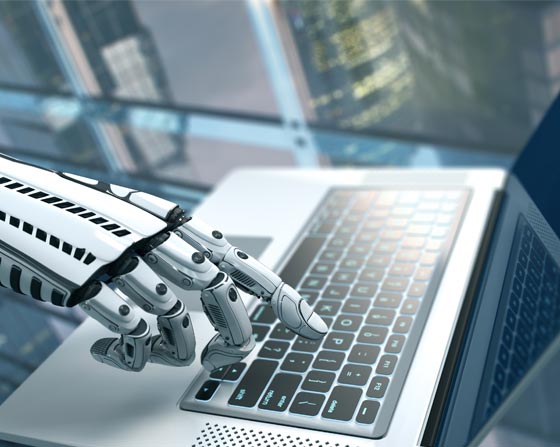
Robotic Process Automation (RPA) provides the physical automation of robots. In referring to "software robots", which are programmed to use computer programs the same way a human operator would. They are easier to integrate into existing business processes, but not necessarily in the most efficient manner.

Process Orchestration is the manner in which a process is executed, monitored and managed throughout its lifecycle. Whereas an enterprise service bus (ESB) can orchestrate a series of transactions.
The technology enables you to develop process applications that are tailored to your needs, from simple workflows to complex operations. By creating more streamlined, adaptable processes, you can accelerate response time for changing business demands and innovations.

Create a process plan based on the business process workflow, using the graphical workbench.
Graphical workbench is an add-on solution that provides tools to graphically represent workflows and is an easy way to implement processes without any coding. It reduces the effort needed to implement changes in workflows using an intuitive graphical definition wizard for all activities.
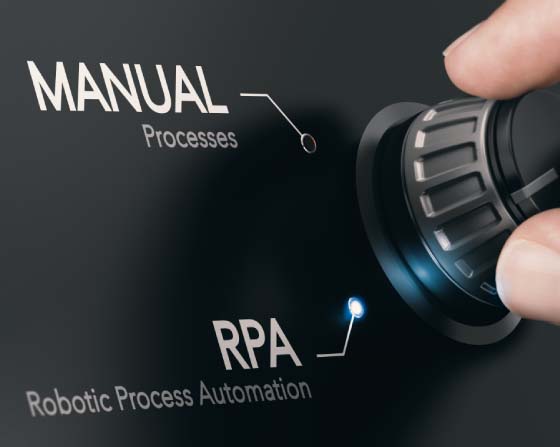
The components of RPA are:
An adapter is a component that enables users to integrate with an application built on a specific platform (i.e., Windows, web), by requesting that the application produces metadata that describes it. Adapters have accessible properties, methods, and events.

Integrated Automation is not just about RPA or AI or Analytics. It is about the combination of RPA, AI, and Analytics. RPA products are pursuing AI and data management capabilities.
AI- and analytics-focused products are starting to embrace Robotic Transformation Software, instead of undermining it. Enterprise software products are integrating capabilities into their products.
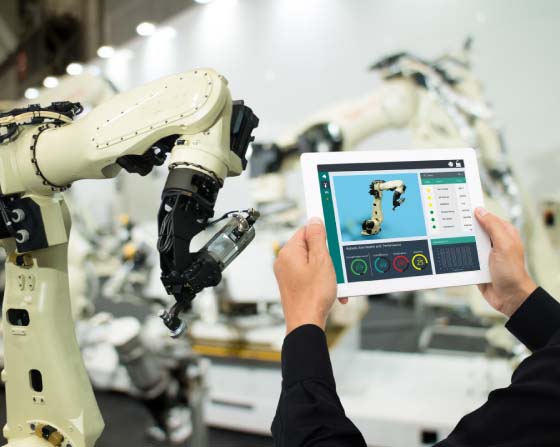
Cognitive automation leverages different algorithms and technology approaches such as Natural language processing, text analytics, data mining, semantic technology, and machine learning.
Cognitive automation is based on the software delivering intelligence to information-intensive processes. It is commonly associated with Robotic Process Automation (RPA) as the connection between Artificial Intelligence (AI) and Cognitive Computing.

Function coding uses Scripts, Java, .Net, and more for connecting new adapters, creating new functions, validation, and routing.

Dashboard wizard enables you to track developing operations, status of your results, nature of your activities, and out of range reference values. You can then take the appropriate corrective or consolidation steps.
Dashboard wizard ensures you know and understand your computer system through key indicators of performance, usage, and success. It addresses all types of indicators: activities, performance (time and value), and quality of service, including failures and anomalies.

Collect business process information from operations, with all required data.

Create automatic process flows based on the defined business process.
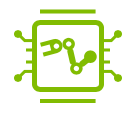
Based on the process defined in the Process Flow, tasks and processes are triggered.

Based on processes and tasks that operations managed along with managed outputs.
Robotic Process Automation software robots are programmed to follow the rules. You can expect them to work around the clock without any breaks or mistakes. They are always compliant and consistent. When directed, RPA robots perform tasks reliably, reducing risk. Everything they do is monitored. You have full control to operate according to existing regulations and standards.
Across business units and globally, RPA performs an extensive amount of operations simultaneously, anything from desktop to cloud environments. Additional robots can be deployed quickly with minimal cost, according to work flux and seasonality. Employees are the first to value the benefits of RPA, as it removes non-value added activities and relieves them of the rising pressures of work.
Improved Accuracy
Improved Compliance
Scalable
Increased Speed and Productivity